Realizing the promise of micro-credentialing
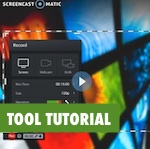 As teachers and students grapple with how to implement proficiency-based assessment, flexible pathways and personalized learning, what can we learn from digital badge eco-systems? What’s been tried? What’s worked?
As teachers and students grapple with how to implement proficiency-based assessment, flexible pathways and personalized learning, what can we learn from digital badge eco-systems? What’s been tried? What’s worked?
And what do we need to think about as we implement micro-credentialing to help us grapple, not just with the requirements of Vermont’s Act 77, but with this profound shift in education as we know it?
Why pair badges with flexible pathways?
When we imagine the requirements of Act 77 — PBGRs, PLPs, and Flexible Pathways — as a cross-country journey:
- proficiencies provide clear destination targets;
- the Personal Learning Plan is the On-Star or Mapquest Overview;
- and flexible pathways become the alternate routes available.
One way to document those alternative routes available to Vermont students is through offering micro-credentialing options to earn VT’s transferable skills. When students engage in learning opportunities outside of school, we can offer a clear pathway of choices via micro-credentials to recognize that learning.
How do digital badges work?

Digital badges represent micro-credentials. And those micro-credentials allow you to showcase skills learned both in and outside the classroom. They’re a way for students to document the skills they learn doing non-traditional activities. And those can take place outside a classroom, or out in the community. Their partner in the flexible pathway learning examines this documentation and provides both feedback on it, as well as assessment of the emerging skills.
Here’s an example:
Say you have a student who wants to learn how to build a wooden boat.
You help them approach a local maritime museum, and one of the staff there is happy to provide some guidance as the student takes the museum’s boat-building class. Using your own classroom, school or district’s LMS, the student begins to report out on their experience as a budding nautical engineer. They record short videos of their boat as it comes together, they write short reflections on each class, and you notice they begin reading about historical boating in Vermont.
The museum staff watches the videos and reads the reflections, providing follow-up questions or kudos. You can jump in and ask follow-up questions, but as the documentation continues, you notice your student developing better communication skills, improving their self-direction, showing their calculations with regard to the math and physics of boat-making — the whole enchilada.
At the conclusion of the class, your student has a boat. They also have a portfolio of reflections and a micro-credential from the museum, indicating the student successfully built a boat.
When other students ask about boat-making, they can click on that digital badge. They’ll see the class content, and the reflection they’d need to do to earn the credential. The museum then offers not just that boat-building credential, but more advanced nautical courses that can lead to a Coast Guard small boat certification, or a museum-specific credential.
Micro-credentials document the varied experiences leading to a proficiency

What do micro-credentials look like in the real world?
ReelWorks has launched an online credentialing program that walks students through learning digital storytelling. They provide activities students complete in order to earn badges in camera work, editing, leadership, production and sound. Students can complete the activities outside of school time. The badges all lead to a digital storytelling micro-credential. How could your students complete activities like this to learn storytelling?
Aurora Public School District’s “21st Century Credentials”
In Aurora, Colorado, one school district has implemented micro-credentialing by issuing badges to document core skills for students. These include critical thinking, collaboration, information literacy and self-direction.
Early digital badging pilots
Organizationally, we’ve been piloting digital badging since 2014, with work on issuing a micro-credential for educators who complete action research with us, a multi-school Dorothy Canfield Fisher book club, a high school ecology unit at Peoples Academy High School, and a digital badging unit on ancient Greece and Rome with Currier Memorial School. We’ve also offered a micro-credential through the Middle Grades Institute.
[huge_it_slider id=”18 “]
Most of the pilots we’ve offered have run on the WordPress platform, using the BadgeOS family of plugins. but as we move forward with digital credentials, we’re looking at Mozilla’s Open Badges infrastructure.
Emerging Vermont-based digital badging pilots
The Franklin West Supervisory Union is creating a micro-credential around recognizing the UN’s 17 Sustainable Global Goals. Rutland Central Supervisory Union and Castleton University are also teaming up to use micro-credentials to document personalized learning. And we’re supporting Vermont Energy Education Program (VEEP) as they implement micro-credentials in their Climate Change Leadership Academy this fall.
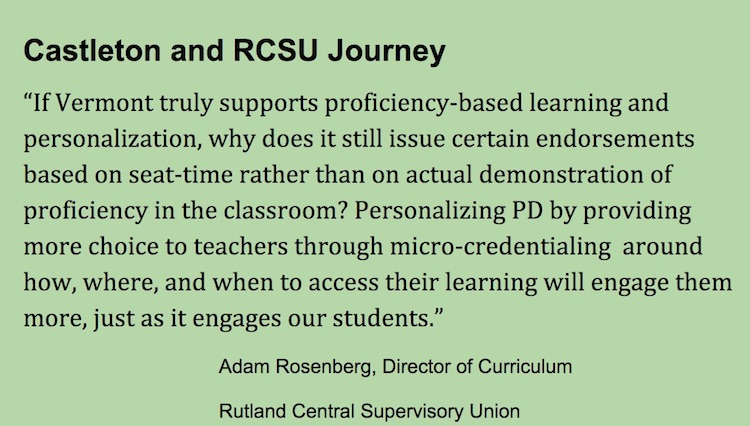
How could you envision using digital badges with your students?
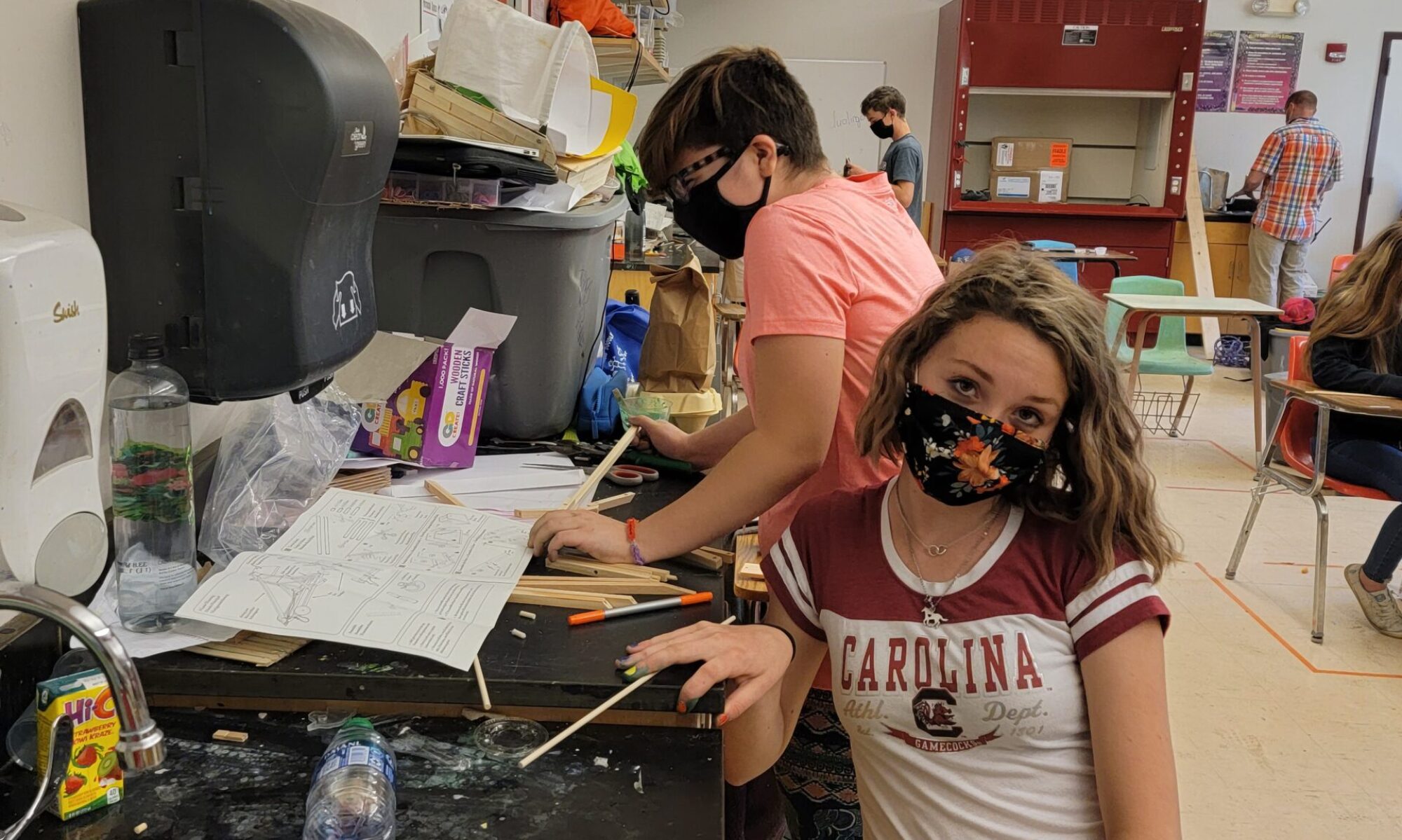

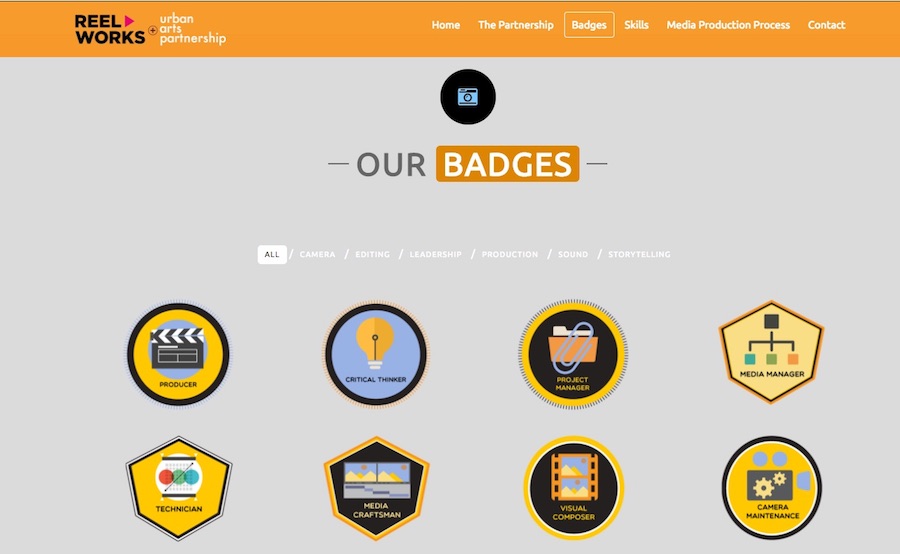
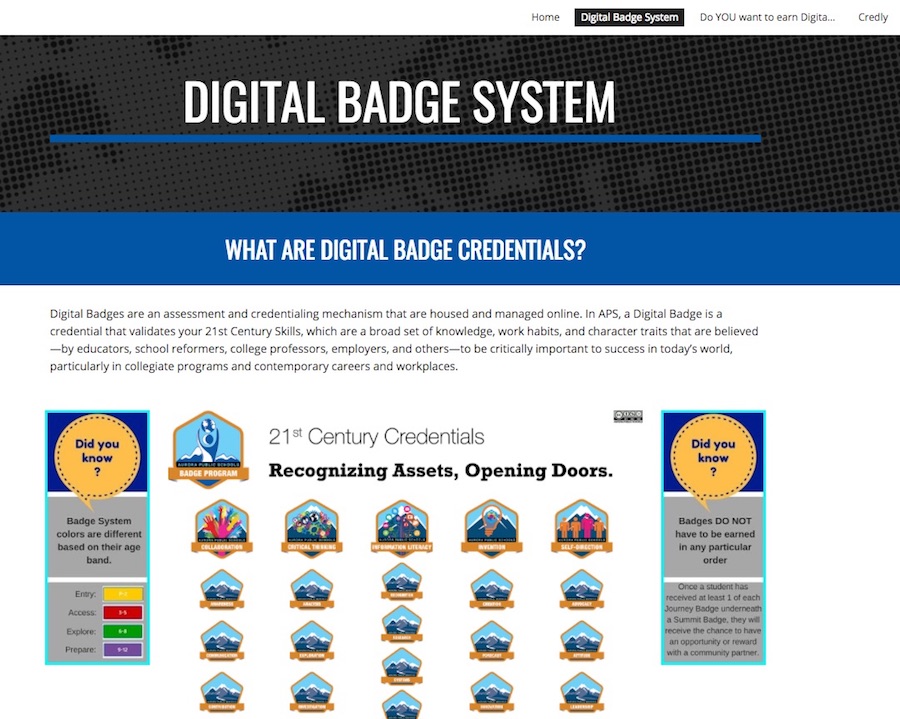
I don’t think the title of your article matches the content lol. Just kidding, mainly because I had some doubts after reading the article.